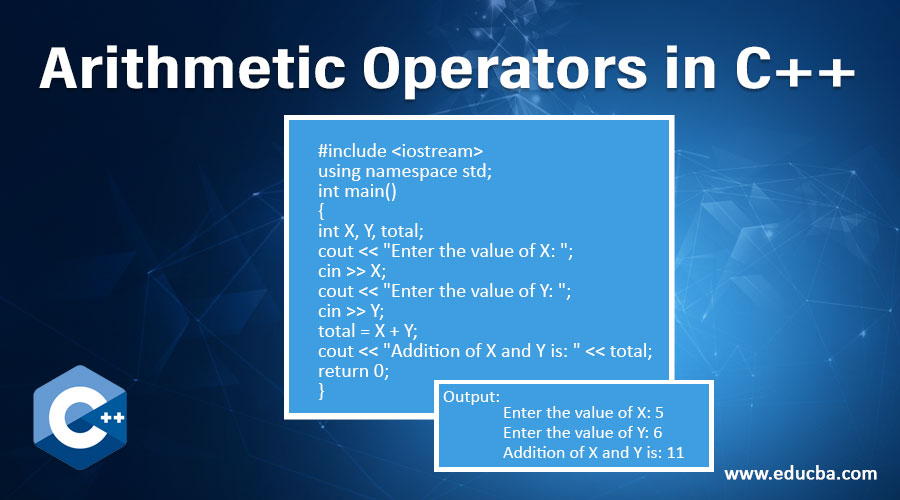LOGIC OPERATIONS are the branch of algebra
in which the values of the variables are the
truth values true and false, usually denoted 1 and 0,
respectively. Instead of elementary algebra,
where the values of the variables are numbers
and the prime operations are addition and multiplication,
the main operations of logic operations are the conjunction
(and) denoted as ∧, the disjunction (or) denoted as ∨,
and the negation (not) denoted
as ¬. It is thus a formalism for describing logical operations,
in the same way that elementary algebra describes
numerical operations.
Logic operations were introduced by George Boole in his first book
The Mathematical Analysis of Logic (1847), and set forth more fully in his An
Investigation of the Laws of Thought (1854). According to Huntington, the term
"Logic" was first suggested by Sheffer in 1913, although Charles Sanders Peirce
gave the title "A Logic operation with One Constant" to the first chapter of his
"The Simplest Mathematics"
in 1880. Logic operations has been fundamental in the development of
digital electronics,
and is provided for in all modern programming languages.
It is also used in set theory and statistics.

